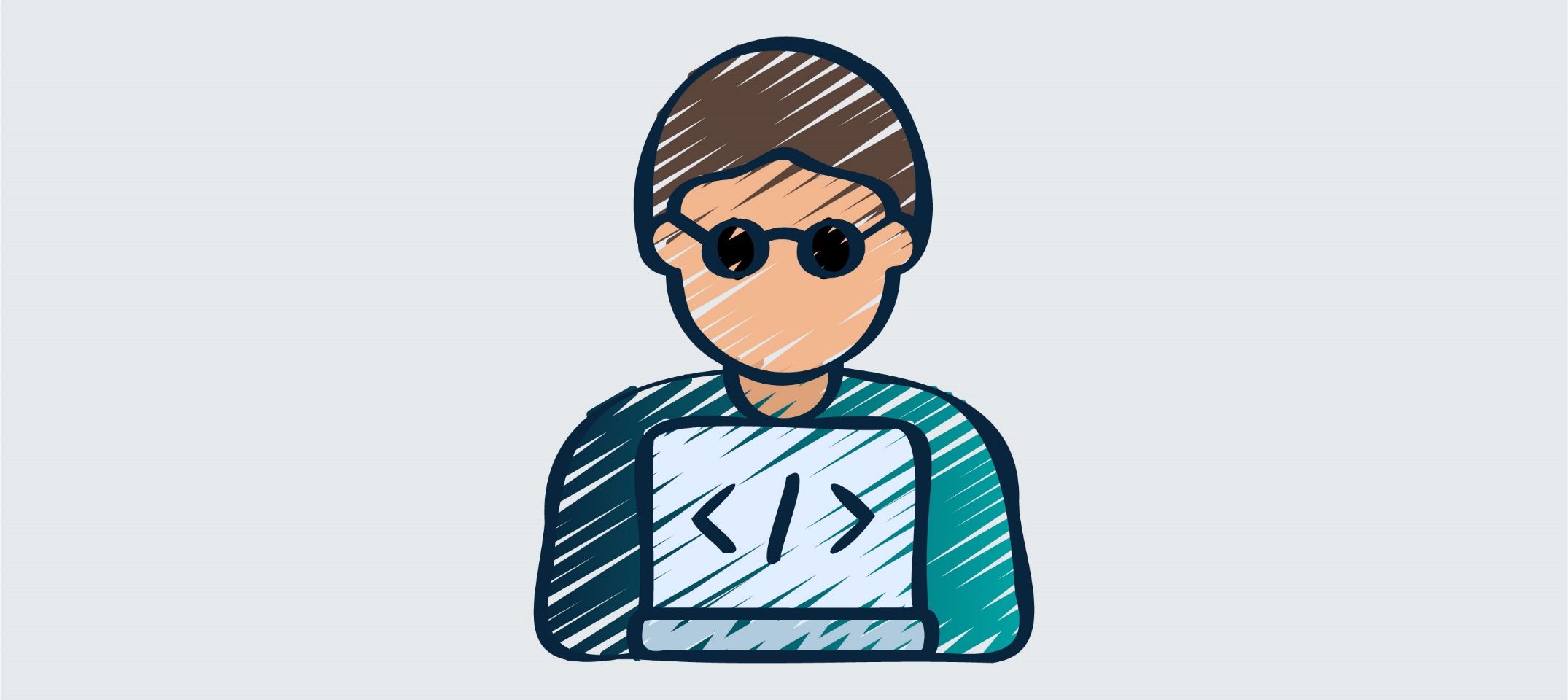Empowerment
Coding Without Limits: A Path to Success as a Blind Programmer

By: AMIT Coders
Published Date: 23 Apr 2024
Coding Without Limits: A Path to Success as a Blind Programmer
Introduction: Breaking Boundaries in Coding Education
In recent years, computer science experts have used technology to make coding education more accessible to disabled learners. Coding inclusivity is a principle that more and more boot camps are adopting as a value and priority, aiming to improve classroom experiences for visually impaired students and others with physical limitations.
Opening Doors: Overcoming Challenges in Tech Education
Tech is a visually oriented space, and most of the technology that coding students use to write code is not fully accommodating to visually impaired learners. As a way to eliminate the limitations that visually impaired learners face, a student at the University of South Carolina used his creativity to break these barriers and maximize the success of blind learners in tech. In 2021, Samuel Alex Atcheson, a student studying computer science, had a mission to change the status quo and worked on technologies that use the sense of touch to help visually impaired students learn how to code.
The Revolution Unfolds: From Vision to Touch
For learners with little to no vision, learning to code has gradually become easier with new technological developments over the years. Most of the work within the scope of tech relies on sight, and individuals with vision impairments are susceptible to certain challenges that sighted learners are not. Some of these challenges may include lacking full visibility on a screen and complications locating information with the need to move the cursor or enlarging the page.
With the technological advancements of our 21st century, computer software and hardware have proven to be more adaptive assistive devices for teaching tech-related subjects. In recent years, new software applications such as ZoomText and JAWS were designed to assist the visually impaired by allowing them to enhance the size, color, and opacity of their screens and cursors. It also assists blind users by reading information to them aloud. This new software provides invaluable solutions in the classroom, enabling them to engage in the classroom environment.
Empowering Innovation: Atcheson's Journey
Atcheson’s aim was to change the status quo, and since 2019, he had been working on technologies that emphasize the sense of touch. Much of Atcheson’s work was conducted in Assistant Professor Heather Culbertson’s Haptics Robotics and Virtual Interaction Lab where he has been exploring the connection between touch and learning. “I’m interested in understanding ways to mitigate barriers to learning, especially for students who experience a cognitive or physical impairment that can make classroom learning a more challenging prospect, Computer science is a highly visual space, and for those students who experience some form of visual impairment, the challenges of a computer science curriculum can be magnified.” Atcheson said in a report on USC Viterbi.
Tech students usually spend most of their time in block-based environments because it’s the most common way to teach students how to code. Despite the popularity of block-based environments for coding students, they are not accessible to visually impaired learners.
Deviating from the tradition of visual output to perform coding tasks, Atcheson prototyped and fabricated a 3D-printed device with a tactile user interface which enables users to interact with code through touch. Atcheson designed the tactile programming device with the ability to arrange coding blocks in the form of small 3D objects. These 3D objects each represent a different coding element used to generate functional programs.
Without the need to depend on sight to perform such tasks, a user could now feel the symbol present on each coding block which can create simple programs by placing them in the correct order. As users place blocks to write code, they can press a button in the programming space to run their code. Also, the users will also receive non-visual output as they code. These non-visual indicators may be in the form of sounds or making a propeller turn. If a user’s code does not work properly, the programming environment is designed to provide verbal, non-technical feedback to try and pinpoint the source of the mistake.
Conclusion: Transforming Tomorrow with Every Line of Code
After discovering the greater potential of technology and how it can be used to improve access to education, Atcheson has directed his research direction to haptics and human-computer interaction. His creativity and innovation have landed him the opportunity to win a computer science undergraduate research award. Additionally, to build upon his knowledge of the field, he aspires to obtain a doctorate in computer science.
Atcheson was certain that visually impaired learners could also thrive in coding education and obtain the same opportunities as their abled peers. There is growing support like Samuel Atcheson, who is committed to empowering individuals facing physical vulnerabilities. Atcheson’s work is continuing to break down barriers in the world of tech, aiming to give a voice to visually impaired programmers.
Atcheson plans to continue creating adaptive coding techniques that enable visually impaired learners to thrive in tech. Defeating the odds of physical limitations, he plans to make an impact, and impact inspired by a Morgan Freeman quote: “How do we change the world? One random act of kindness at a time.”